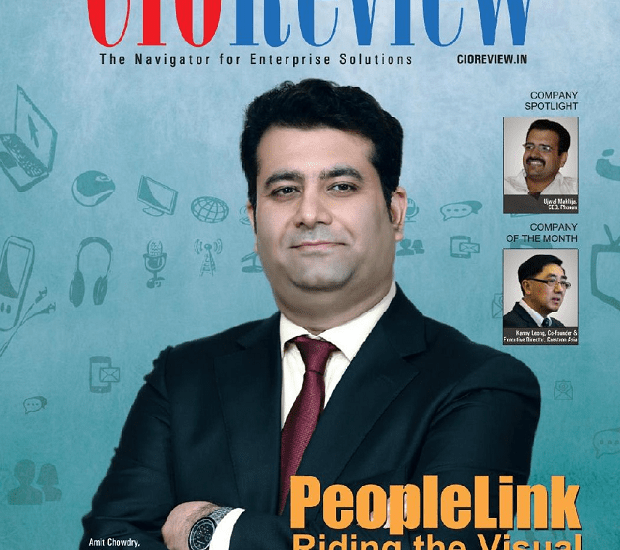What are the Video Conferencing as a Service (VCaaS) perquisites for businesses?
- September 30, 2021
- Posted by: PeopleLink
- Category: Blogs

Smart devices are undoubtedly driving cloud based video conferencing into the business. This is evident from the peaking draft stating that cloud video conferencing or VCaaS global market valuation shall be as high as $7.85 billion (Transparency Market Research) by 2025. More and more enterprises are favouring cloud based video conferencing solutions for business communications. However, this doesn’t understate the valuation of on-premises or hybrid solutions. Aligning cloud conferencing features to individual business requirement is imperative before selection is made. Video Conferencing as a Service (VCaaS) is always important if a business is looking to engage a larger audience or have multi-locational existence.
Below are some prominent benefits of VCaaS for a business
Convenience – Most companies are exuberant about deploying video conferencing solutions but after they do; utilization of the solution is either limited only to higher executives or gets minimized. This is mostly because of the complexities involved in configuring the MCUs or handling the hefty infrastructures of the on-premises video conferencing solutions. The in-office IT experts may not have specialized skills or spare time to handle the on-premises architectural stipulations.
Unlike, the on-premises solutions, cloud video conferencing can initiate an ad hoc conference on minimal availability of a live internet connection and an audio-visual enabled device, the right web link or app for download. However, with PeopleLink’s cloud based solution InstaVC makes HD video conferencing possible even with fluctuating bandwidth. The real-time communication protocol overlooks the app download requirement.
Reduced CapEx– Installation of the entire on-premises architecture is expensive. Multi-locational entities have to shoulder the burden of the installation cost for every individual location. The mergers and takeover scenarios too can increase the budget even more. Investing on cloud conferencing solutions reduces the hardware installation cost, conference space rentals or ownership cost, specialize staff hiring and utility billing.
Multi-device compatibility– Workplaces are turning mobile. Flexible working hours, timezone based collaboration, on-transit work access are some factors that drove in BYOD (Bring Your Own Device) trends within the enterprise work culture. VCaaS solutions are compatible with a wide range of devices, both with the employee owned and the company proprietary, resulting in optimum workplace mobility.
Improved Scalabaility – Cloud video conferencing is a plus for businesses that see seasonal surge. The peak seasons may have heavy video conferencing demands. Shifting to VCaaS is a great perk for organizations having inconsistent pressure on their bandwidth requirements. Scaling up or contracting with cloud conferencing solutions is easier compared to on-premises solutions.
Protection against technological shift – Technological improvement is exemplary but it is quite a challenge for businesses to keep pace with the constantly-changing architectural requirements. With cloud conferencing, there is no such vacillating situation, where organizations are hesitant to invest in huge equipment which may or may not be survive the next eminent technological upheaval .
However, some businesses, based on the mode of communications they require or on the need for full-proof security may still choose on-premises over cloud solutions. However, it is overly believed, the next couple of years will witness a mass deployment of cloud based solutions for organizational communication. If you too are interested in joining this massive ‘tech’tonic shift, we at PeopleLink are here to assist you.


